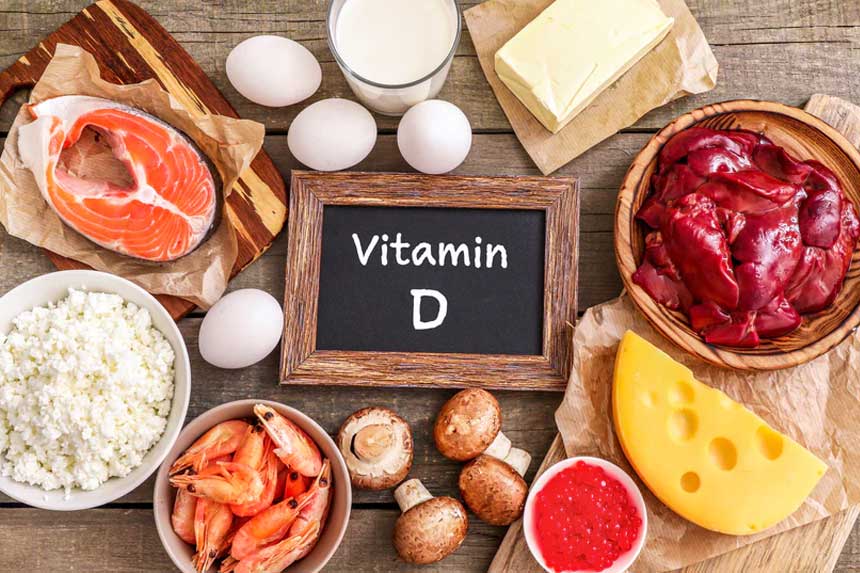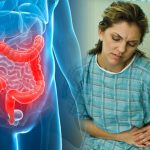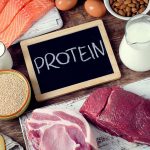
In the quest for optimal health, vitamin D emerges as a crucial nutrient, influencing various bodily functions from bone density to immune system strength. Despite its importance, a significant portion of the population struggles with insufficient vitamin D levels, mainly due to modern indoor lifestyles and protective measures against skin cancer.
This deficiency is not trivial, as emerging research links low vitamin D levels to an increased risk of autoimmune diseases. The solution? A careful adjustment of our diet to include vitamin D-rich foods can play a pivotal role in bridging this gap.
- Herring and Sardines
- Fatty Fish
- Canned Tuna
- Egg Yolk
- Cod liver oil
- Cow bean
- Soy Milk
- Mushroom
- Crawl and o-meal
- Orange Juice
Herring and Sardines
Herring, a globally enjoyed fish, offers a substantial amount of vitamin D, particularly when consumed fresh. This small fish not only provides 27% of the DV per serving but also comes in a variety of preparations, including smoked and pickled, catering to different palates. However, for those monitoring their sodium intake, it’s wise to be mindful of pickled herring’s high sodium content.
Canned sardines, another excellent vitamin D source, offer the convenience of long shelf life and easy preparation. With a 3.5-ounce serving providing 24% of the DV, sardines are a versatile and nutritious addition to meals. Their smaller size also means they contain less mercury, a common concern with larger fish, making them a safer choice for frequent consumption. [1]





